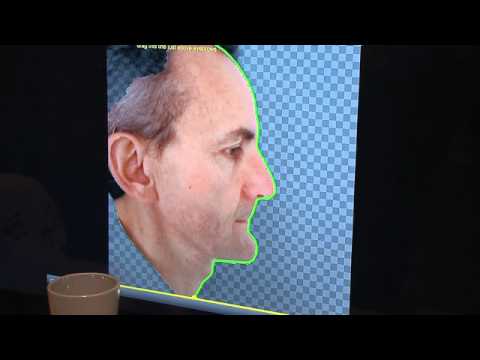Mind-Blowing Facts about Language and Linguistics: An Exploration of Speech Sounds, Vowel Shifts, and Invented Accents
Summary
In this blog post, we explore some of the mind-blowing facts about language and linguistics shared by Eric Singer, a dialect coach. These facts include information on the inventory of speech sounds in a language, the largest and smallest number of sounds a language can function with, the great vowel shift, the American R sound, and invented accents such as the mid-Atlantic accent.
Table of Contents
- The Inventory of Speech Sounds in a Language
- The Great Vowel Shift
- The American R Sound
- The Mid-Atlantic Accent
- Conclusion
The Inventory of Speech Sounds in a Language
How many distinct speech sounds are in a language? English has about 42-44 depending on the accent or variety of English. And these sounds can make all the difference between one word and another. For instance, “beat” is different from “bit.” Compared to English, other languages may not have both E and I sounds. What about the largest number of speech sounds in a language? It’s somewhere between 90 and 141, depending on how it’s being counted. Languages such as click languages have the most sound inventories. Isn’t that fascinating?
The Great Vowel Shift
One of the interesting periods of sound change in the history of English is the great vowel shift. How did it happen, and what was its impact? Singer shares that the great vowel shift occurred around 1400 and deconstructed the word “name.” Each period has a different vowel sound, and it showed how English sound changed over time. However, we still don’t know why it took place. It is crucial to note that language change is arbitrary, as linguistic experts have proven.
The American R Sound
Did you know that the American R sound is one of the weirdest sounds in the world? It’s barely present in many other languages. Additionally, it’s one of the hardest things for actors to learn when mastering American English. Even native speakers of American English find it challenging. Pronouncing this R sound with ease and fluency is a complex articulation that involves the sides of the tongue moving up to contact the upper teeth and molars. At the back of the tongue, the root is often pulling back to create this challenging sound.
The Mid-Atlantic Accent
We’ve probably all heard the mid-Atlantic accent in old movies. It’s often called transatlantic or mid-Atlantic, and it’s not a language that anyone would speak natively. But why did it become a thing? It was invented by an Australian named William Till in the late 19th century, who believed that everyone who spoke English should speak the same way. It became a correct and perfect accent, which became popular in the United States. Actors were even taught to speak this way, and it was known as the accent of the stage and screen.
Conclusion
In conclusion, Eric Singer has provided us with some mind-blowing facts about language and linguistics. These facts show how language changes arbitrarily over time and how different cultures speak and express themselves differently. As we continue to explore various languages, we’ll learn more about how intricate and diverse our world’s spoken words are.







